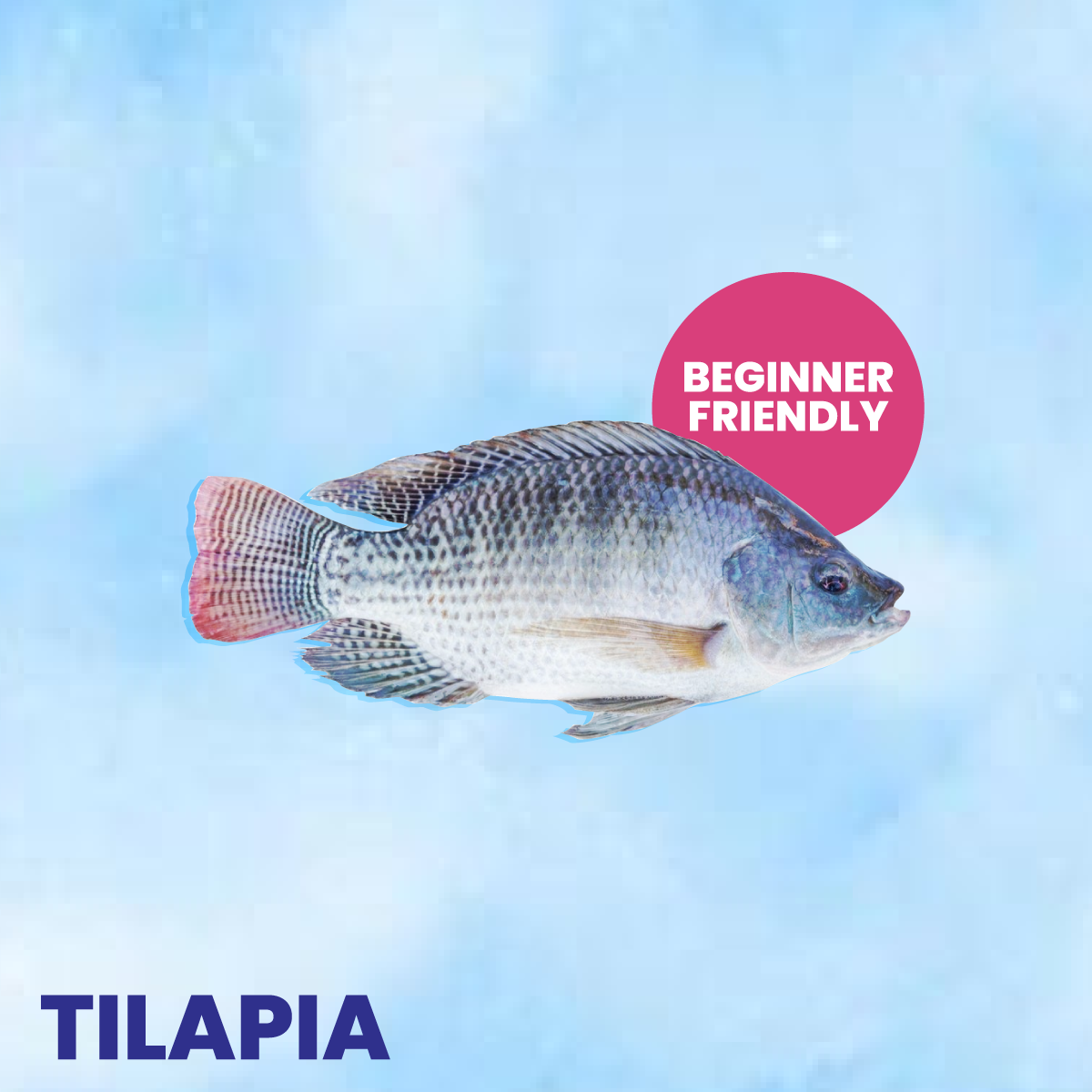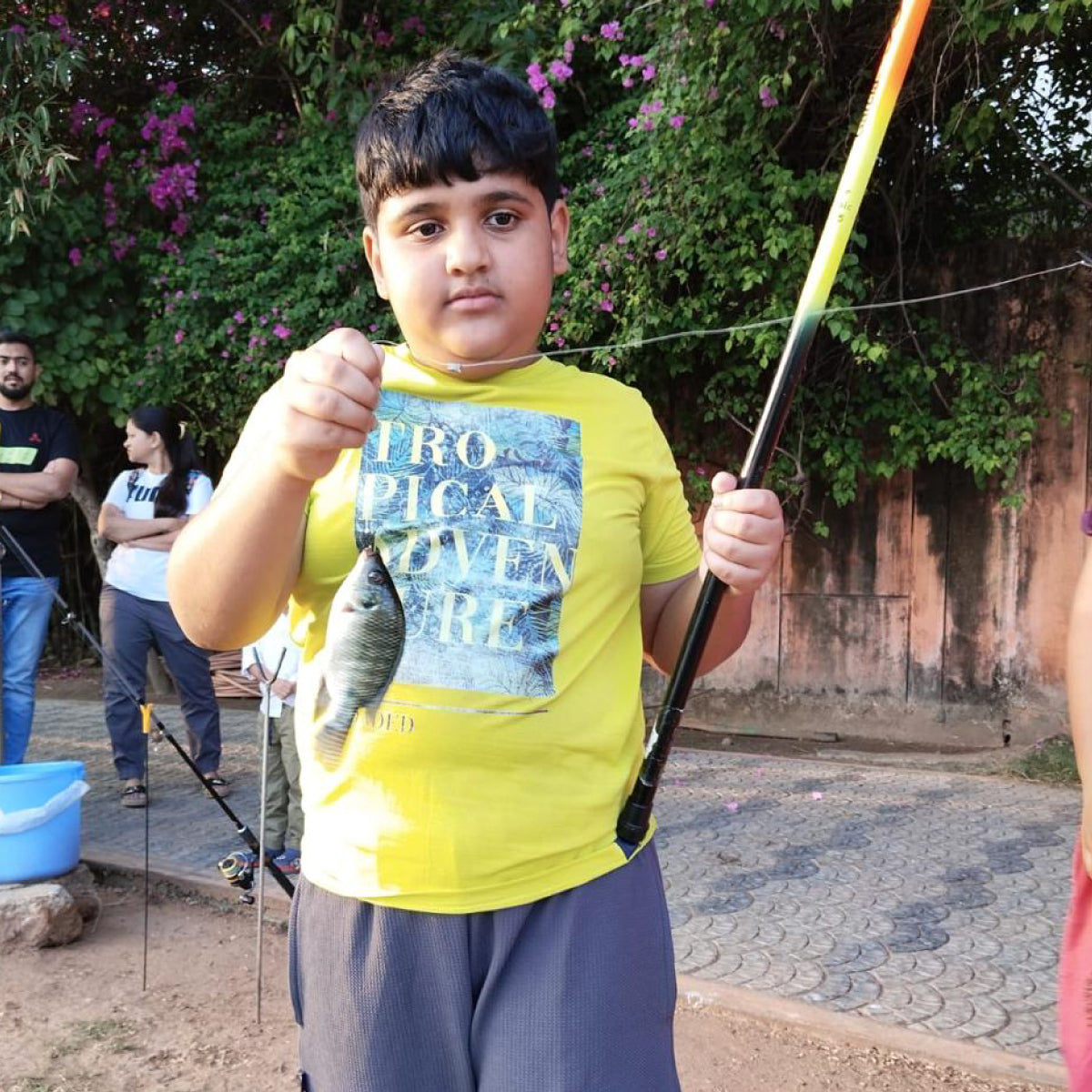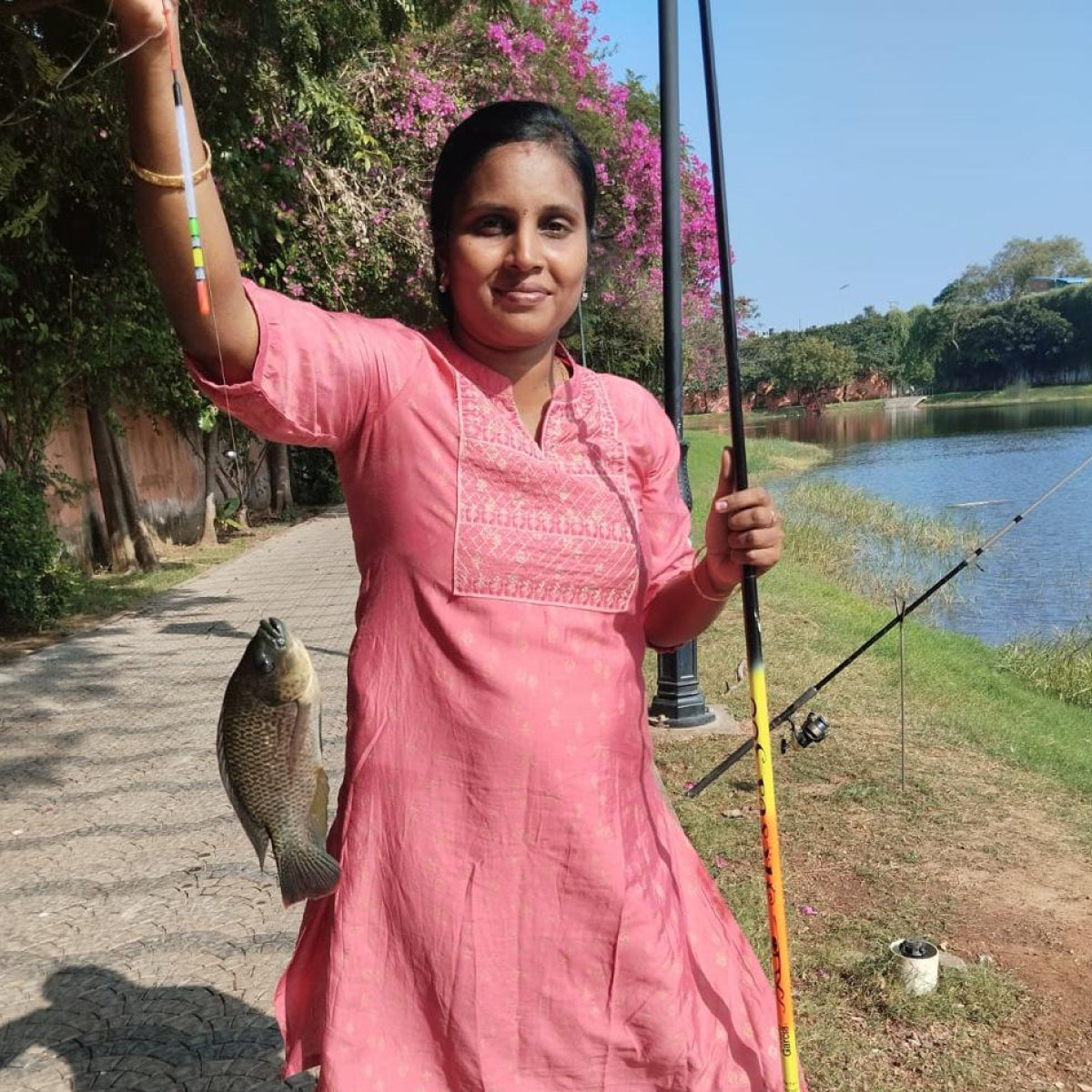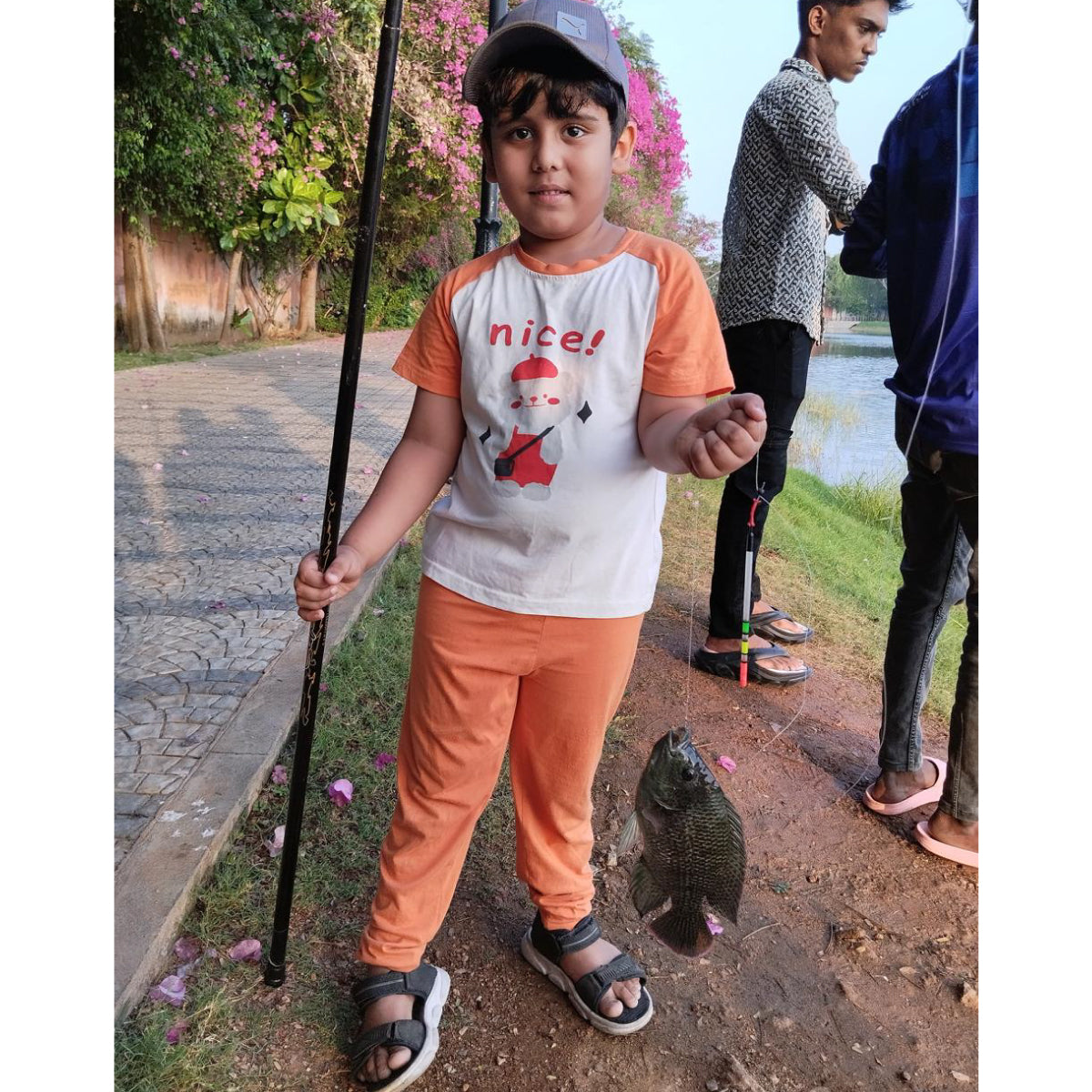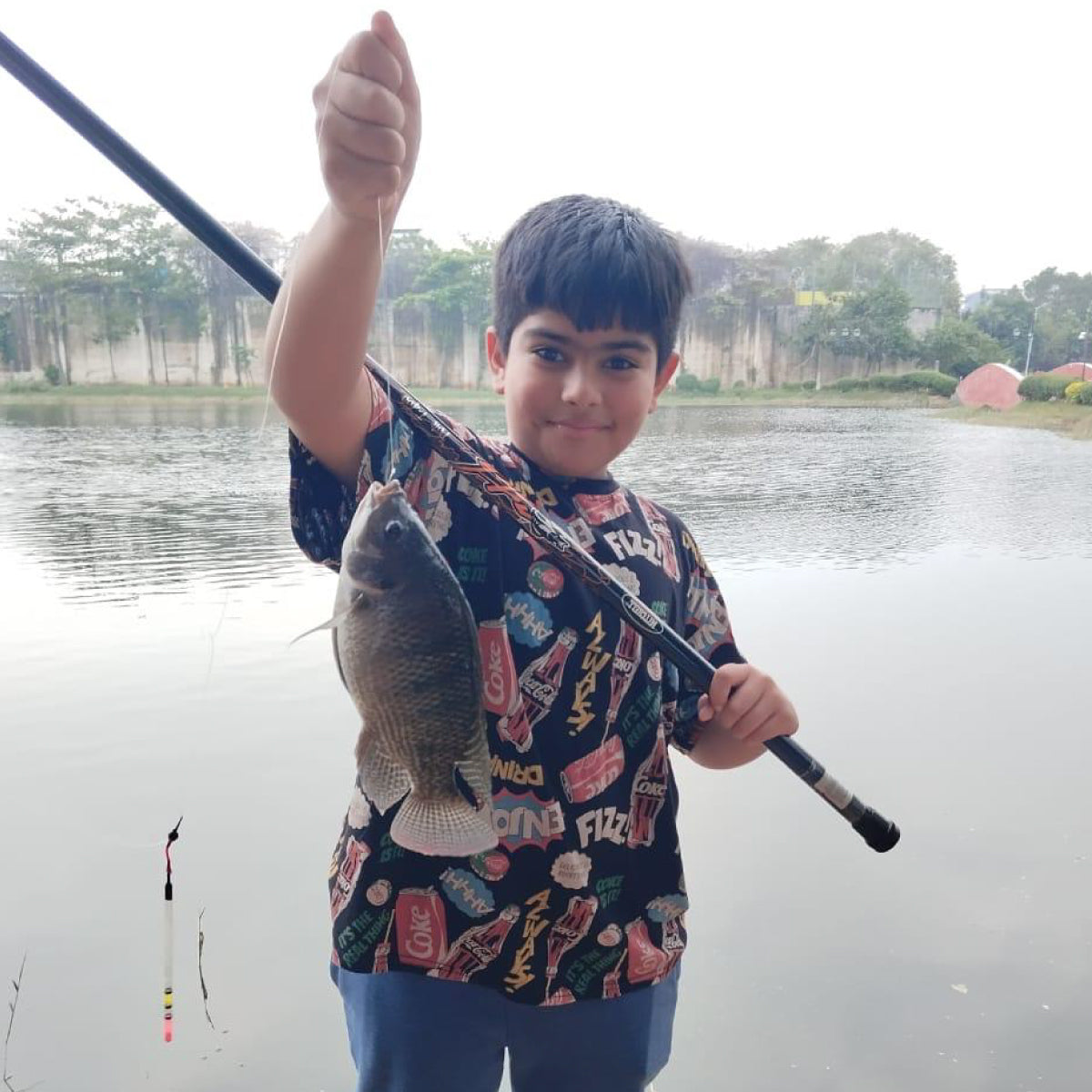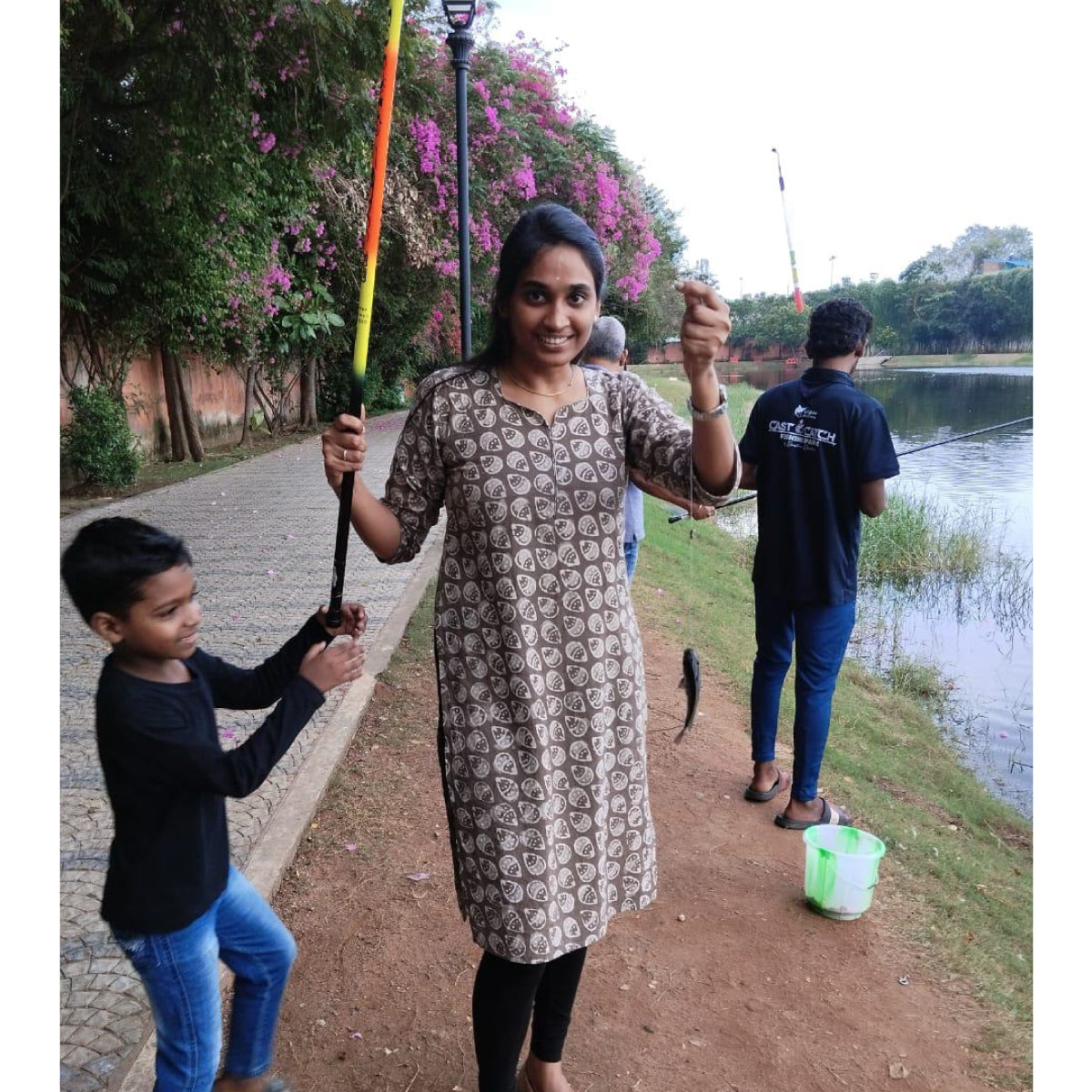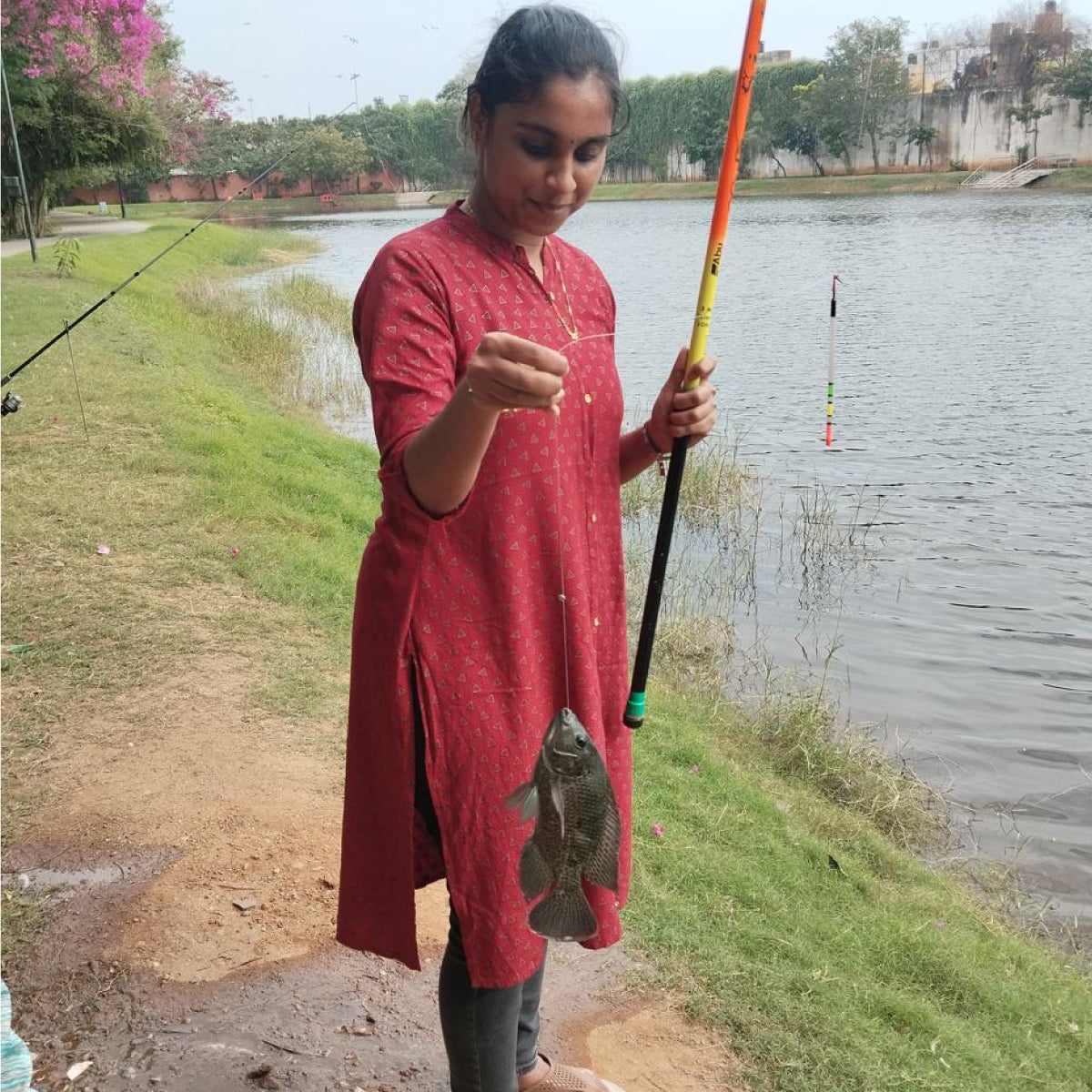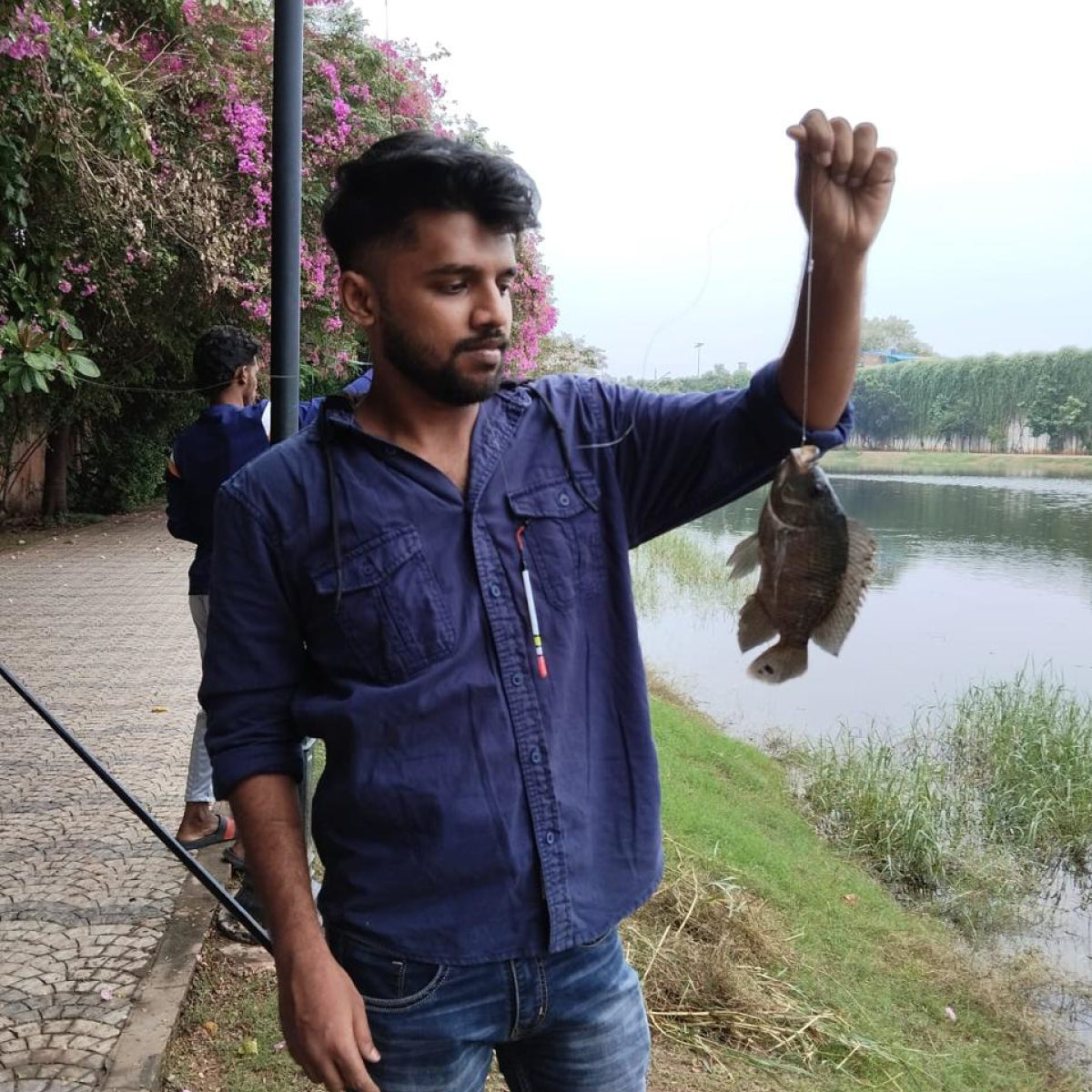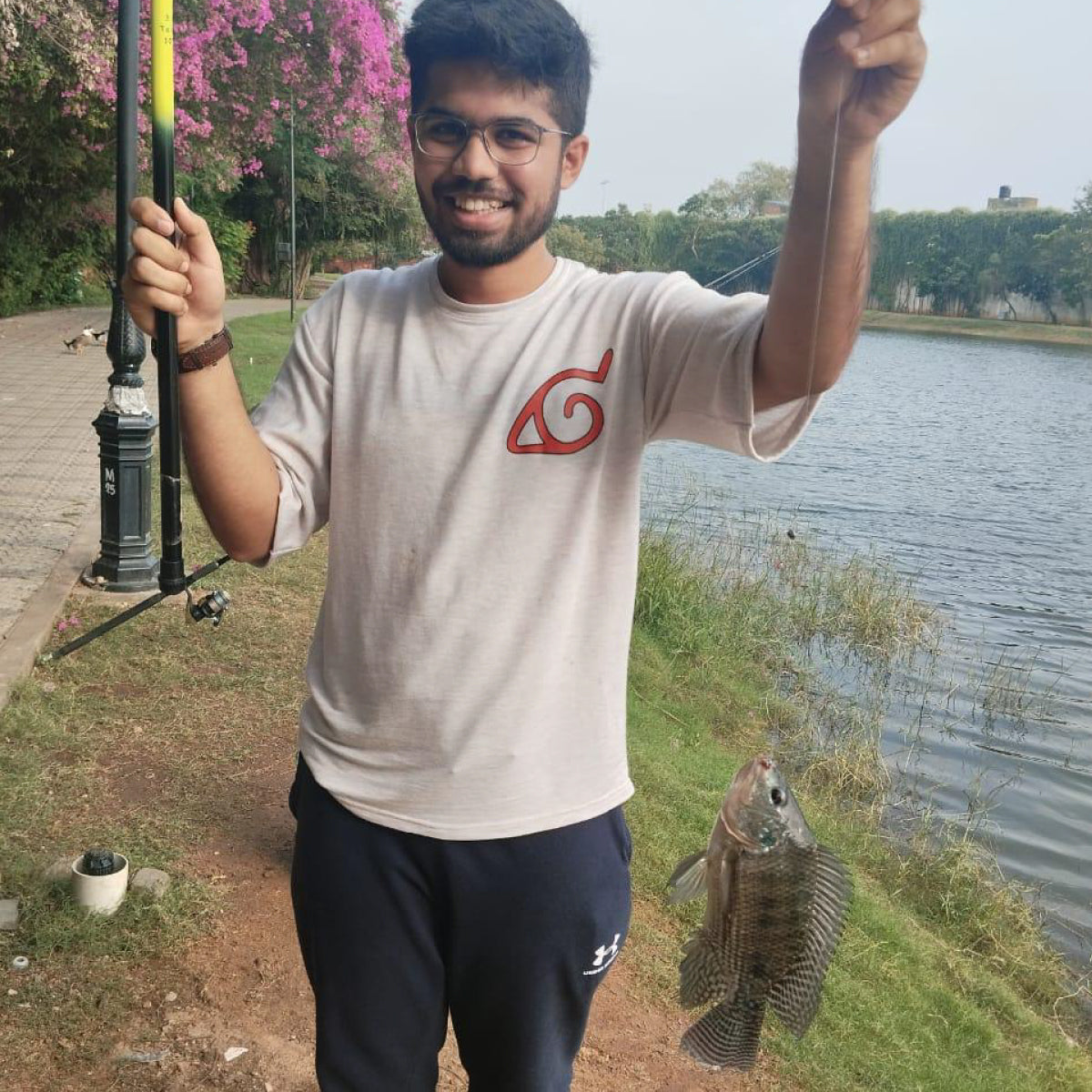1
/
of
9
Cast & Catch
Tilapia Fishing (30 minutes)
Tilapia Fishing (30 minutes)
Regular price
Rs. 200.00
Regular price
Sale price
Rs. 200.00
Unit price
/
per
Tax included.
Couldn't load pickup availability
Float fishing for tilapia is a popular angling method that requires specific gear and techniques. Here's a description of how it typically works:
Setting Up the Tackle: Begin by selecting an appropriate fishing rod and reel or pole rod setup. A lightweight rod around 6 to 7 feet in length with a sensitive tip is ideal for detecting subtle bites. Pair this with a spinning reel filled with a light line, usually between 4 to 8-pound test. We will provide this for you, and help you through it all!
Choosing the Float: Select a float (also known as a bobber) suitable for tilapia fishing. The float should be able to support the weight of your bait or lure while remaining visible on the water's surface. Tilapia can be found in various depths, so consider using adjustable floats to change the depth of your presentation easily. We will provide this for you!
Bait Selection: Tilapia are omnivorous and can be caught on a variety of baits. Popular options include live bait such as worms, crickets, or small fish. bread balls can also be effective.
Rigging: Attach your chosen bait to a small hook using an appropriate knot, such as the improved clinch knot or Palomar knot. Adjust the depth of your bait by sliding the float up or down the line and securing it in place with small rubber stops or knots.
Casting and Presentation: Cast your rig out to likely tilapia holding areas, such as near vegetation, submerged structures, or along the edges of shallow areas. Allow the bait to sink to the desired depth, then watch the float closely for any movement or indication of a bite.
Hookset: When you see the float disappear, twitch, or make an unusual movement, it's likely that a tilapia has taken the bait. Quickly but smoothly lift your rod to set the hook, taking care not to jerk too hard and potentially dislodging the hook from the fish's mouth.
Fighting and Landing: Tilapia are known for their scrappy fights, especially considering their size. Play the fish patiently, allowing it to tire itself out while keeping steady pressure on the line. Once subdued, carefully bring the tilapia to shore using a landing net or by hand if it's small enough.
Most importantly, have fun! We will be with you throughout to help you have a fun fishing experience at Cast and Catch! Book your slot now!
Setting Up the Tackle: Begin by selecting an appropriate fishing rod and reel or pole rod setup. A lightweight rod around 6 to 7 feet in length with a sensitive tip is ideal for detecting subtle bites. Pair this with a spinning reel filled with a light line, usually between 4 to 8-pound test. We will provide this for you, and help you through it all!
Choosing the Float: Select a float (also known as a bobber) suitable for tilapia fishing. The float should be able to support the weight of your bait or lure while remaining visible on the water's surface. Tilapia can be found in various depths, so consider using adjustable floats to change the depth of your presentation easily. We will provide this for you!
Bait Selection: Tilapia are omnivorous and can be caught on a variety of baits. Popular options include live bait such as worms, crickets, or small fish. bread balls can also be effective.
Rigging: Attach your chosen bait to a small hook using an appropriate knot, such as the improved clinch knot or Palomar knot. Adjust the depth of your bait by sliding the float up or down the line and securing it in place with small rubber stops or knots.
Casting and Presentation: Cast your rig out to likely tilapia holding areas, such as near vegetation, submerged structures, or along the edges of shallow areas. Allow the bait to sink to the desired depth, then watch the float closely for any movement or indication of a bite.
Hookset: When you see the float disappear, twitch, or make an unusual movement, it's likely that a tilapia has taken the bait. Quickly but smoothly lift your rod to set the hook, taking care not to jerk too hard and potentially dislodging the hook from the fish's mouth.
Fighting and Landing: Tilapia are known for their scrappy fights, especially considering their size. Play the fish patiently, allowing it to tire itself out while keeping steady pressure on the line. Once subdued, carefully bring the tilapia to shore using a landing net or by hand if it's small enough.
Most importantly, have fun! We will be with you throughout to help you have a fun fishing experience at Cast and Catch! Book your slot now!
Share
